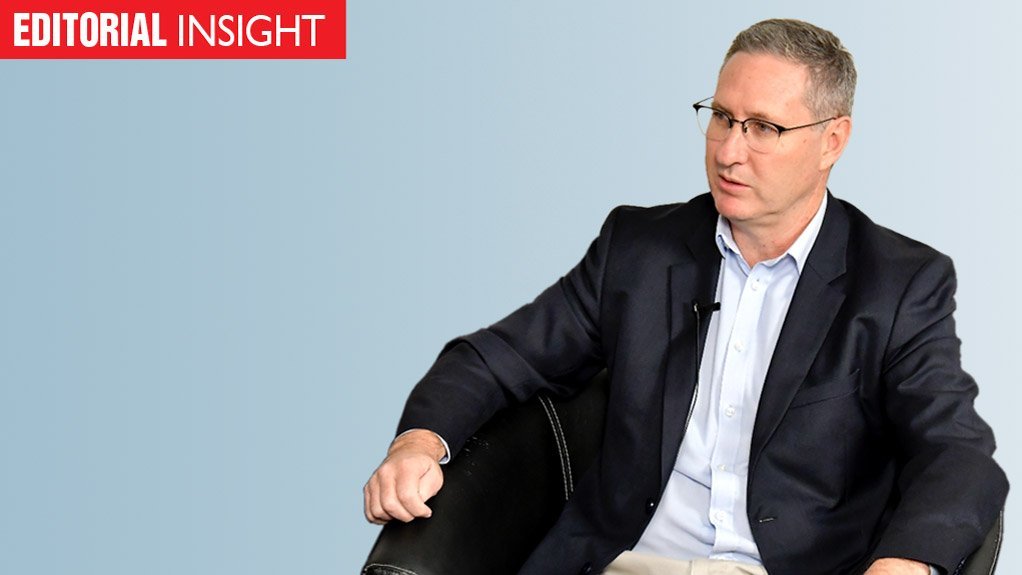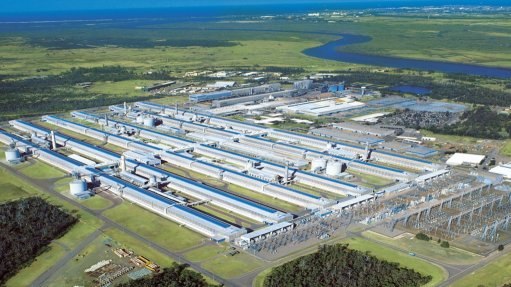Mixed outlook
The recent period of decreased loadshedding has been met with tremendous scepticism by a South African public that has been burnt more times over the past 15-plus years than a lump of wet coal.
Most distant observers attribute the reprieve purely to the upcoming May 29 poll, and fully expect a return of intense power disruptions once the electoral dust has settled.
Closer observers note that the energy availability factor (EAF) of Eskom’s notoriously unreliable coal fleet has been no better year-to-date than was the case in the same period of 2023, which turned out to be the country’s worst-ever for loadshedding, with 335 days affected and some 16 000 GWh shed.
While Eskom’s much-vaunted coal-fleet turnaround seems to be trending positively, that maintenance effort is not yet reflected in the EAF and by implication it cannot be the main reason for the recent decrease in the intensity of loadshedding.
Even closer observers, such as EE Business Intelligence’s Chris Yelland, attribute the easing to a combination of falling demand, rising prices and self-generation. This, together with an extremely high use of the diesel-fuelled open-cycle gas turbines (OCGTs), offers the most credible explanation.
There is no question, however, that South Africa is not out of the woods with regard to the threat of power disruptions, despite the optimistic pronouncements by some senior politicians. Such assurances can only be given once the investment backlog, estimated at between 4 000 MW and 6 000 MW, is closed – an outcome that is not yet guaranteed.
That said, there are some positive near- and medium-term trends that should be acknowledged.
In the short term, the key to stability continues to depend on the performance of the coal fleet, which will no doubt be reflected in the scenarios that Eskom will release when it publishes its winter outlook.
The outlook will show that, if unplanned breakdowns are kept below 14 000 MW between April and September, the frequency and intensity of loadshedding will be significantly reduced, as will the need for expensive OCGT electricity. Stability will be supported by a sharp reduction in planned maintenance over the high-demand period, from about 7 000 MW in summer to 3 000 MW.
The supply-demand balance could be bolstered even further if Eskom is able to introduce or return some 2 500 MW from Medupi Unit 4, Kusile Unit 6 and Koeberg Unit 2 ahead of the high- maintenance summer season.
But relying on Eskom alone would be risky, with the longer-term solution lying primarily in ensuring far higher levels of new investment. Here, too, the medium-term outlook holds some promise, with several large-scale private renewables projects in construction, public procurement under way and with rooftop solar deployments continuing.
The longer-term picture is far less clear, however, and has been made even less so by the draft Integrated Resource Plan 2023, which includes assumptions that are detached from reality. To provide investors with clear signals and confidence, it is crucial that the plan be entirely overhauled.
Article Enquiry
Email Article
Save Article
Feedback
To advertise email advertising@creamermedia.co.za or click here
Press Office
Announcements
What's On
Subscribe to improve your user experience...
Option 1 (equivalent of R125 a month):
Receive a weekly copy of Creamer Media's Engineering News & Mining Weekly magazine
(print copy for those in South Africa and e-magazine for those outside of South Africa)
Receive daily email newsletters
Access to full search results
Access archive of magazine back copies
Access to Projects in Progress
Access to ONE Research Report of your choice in PDF format
Option 2 (equivalent of R375 a month):
All benefits from Option 1
PLUS
Access to Creamer Media's Research Channel Africa for ALL Research Reports, in PDF format, on various industrial and mining sectors
including Electricity; Water; Energy Transition; Hydrogen; Roads, Rail and Ports; Coal; Gold; Platinum; Battery Metals; etc.
Already a subscriber?
Forgotten your password?
Receive weekly copy of Creamer Media's Engineering News & Mining Weekly magazine (print copy for those in South Africa and e-magazine for those outside of South Africa)
➕
Recieve daily email newsletters
➕
Access to full search results
➕
Access archive of magazine back copies
➕
Access to Projects in Progress
➕
Access to ONE Research Report of your choice in PDF format
RESEARCH CHANNEL AFRICA
R4500 (equivalent of R375 a month)
SUBSCRIBEAll benefits from Option 1
➕
Access to Creamer Media's Research Channel Africa for ALL Research Reports on various industrial and mining sectors, in PDF format, including on:
Electricity
➕
Water
➕
Energy Transition
➕
Hydrogen
➕
Roads, Rail and Ports
➕
Coal
➕
Gold
➕
Platinum
➕
Battery Metals
➕
etc.
Receive all benefits from Option 1 or Option 2 delivered to numerous people at your company
➕
Multiple User names and Passwords for simultaneous log-ins
➕
Intranet integration access to all in your organisation




















